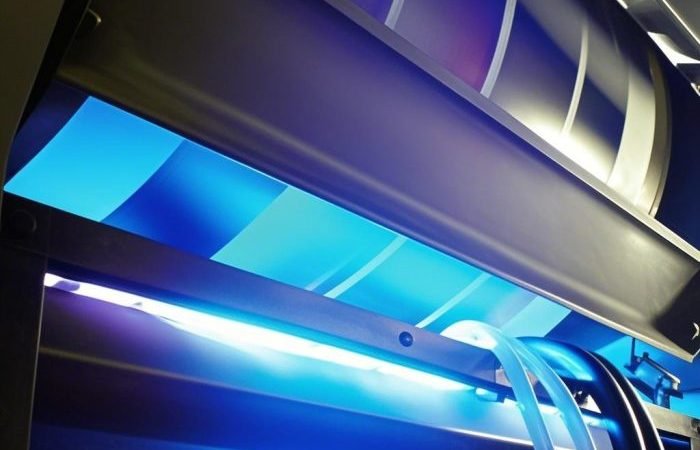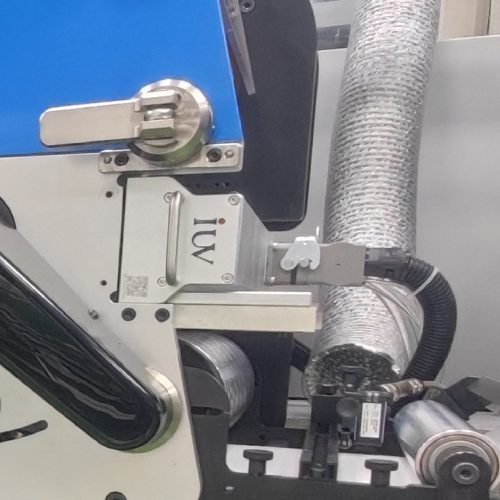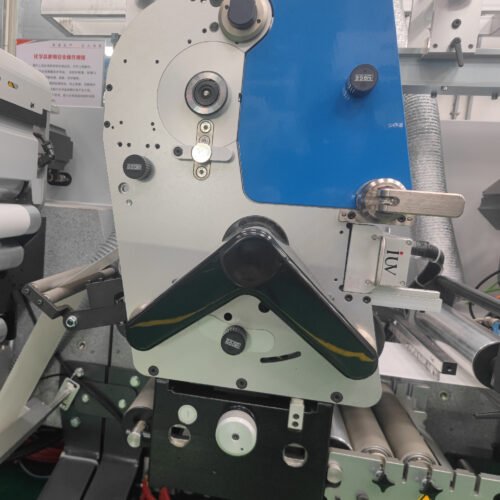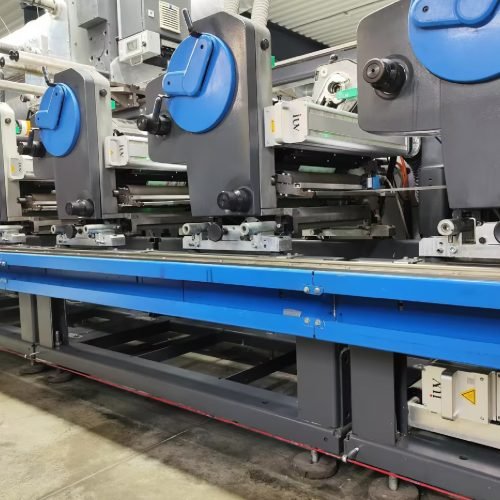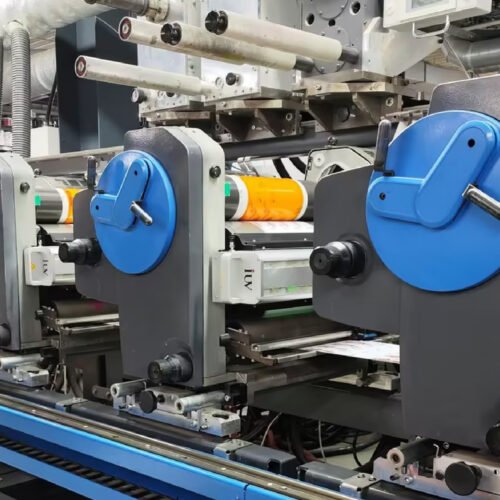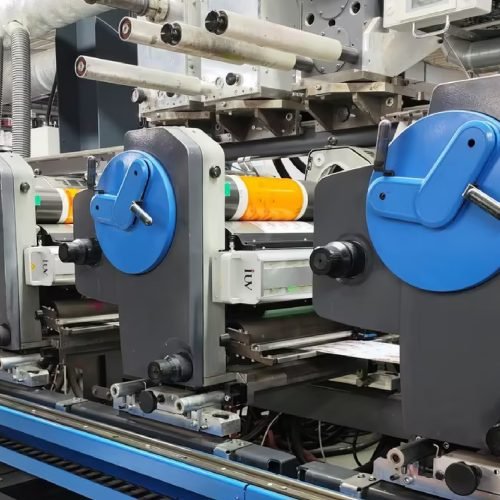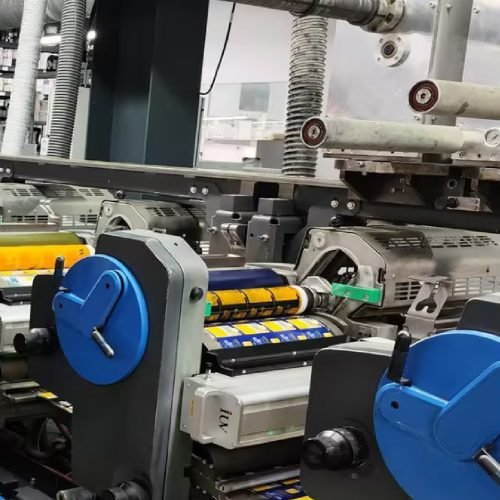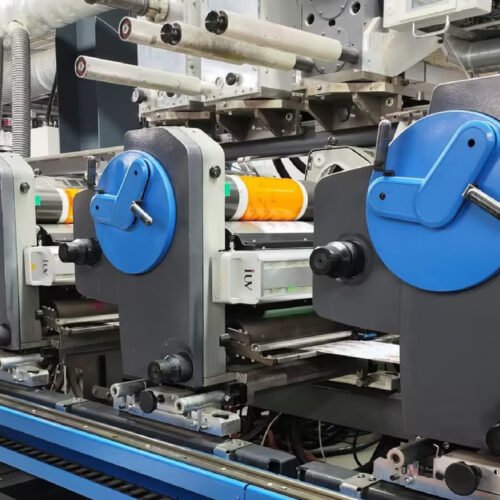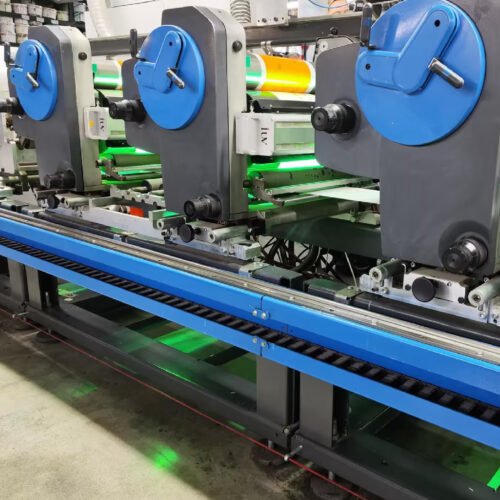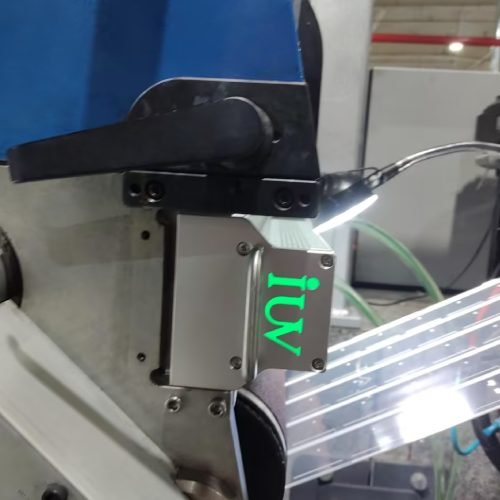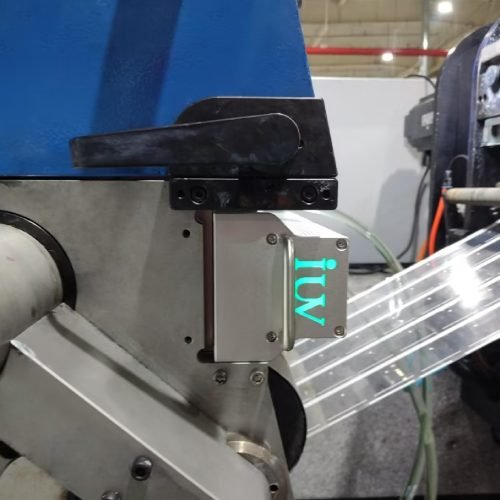Light curing systems represent a revolutionary advancement in material processing technology, transforming how industries cure adhesives, coatings, inks, and other materials. These systems utilize intense light energy to rapidly initiate chemical reactions that harden and solidify materials, offering significant advantages over traditional drying methods.
How Light Curing Systems Work
At the core of light curing technology is the process of photopolymerization. When light-curable materials are exposed to specific wavelengths of light—typically ultraviolet (UV) or visible light—the photoinitiators within these materials absorb the light energy. This absorption triggers a chemical reaction that forms covalent bonds between monomers and oligomers, transforming the liquid or paste material into a solid polymer within seconds or milliseconds.
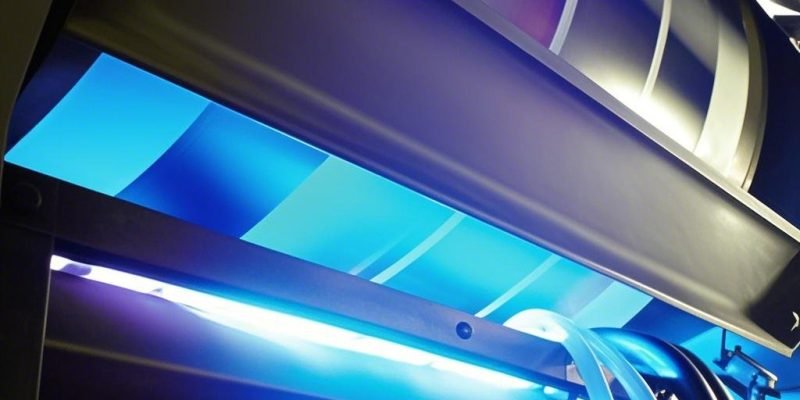
Components of a Light Curing System
A complete light curing system typically consists of several key components:
Light Source
The light source is the heart of the system, providing the necessary energy to initiate curing. Common light sources include:
- UV LEDs: Offer long life, energy efficiency, and cool operation
- Mercury Arc Lamps: Provide broad-spectrum UV light
- Microwave-Powered UV Systems: Feature electrode-less curing operation
- ARC Lamp Systems: Offer adjustable power outputs
Dispensing Equipment
This component applies the light-curable material to the substrate or component. Dispensing systems can be handheld, machine-mounted, robotic, or rotary, with application methods including syringes, valves, or spray guns.
Curing Chamber or Housing
The curing chamber contains the light source and provides a controlled environment for the curing process. It may include reflective surfaces to maximize light efficiency and ensure uniform exposure.
Cooling System
Effective thermal management is crucial, especially for high-power systems. Cooling systems prevent overheating of components and maintain optimal operating temperatures.
Control System
Modern light curing systems incorporate sophisticated control systems that manage various aspects of operation, including automatic sensing technology, remote monitoring, intelligent automation, and diagnostic capabilities.
Benefits of UV Curing in Label Printing
Light curing systems come in various configurations to meet different application requirements:
Spot Curing Systems
These systems deliver light through a focused beam or fiber optic cable, making them ideal for precise applications where only a small area needs curing.
Flood Curing Systems
Designed to cure large areas simultaneously, flood curing systems are commonly used in printing and coating applications.
Conveyor Curing Systems
These systems integrate light sources into conveyorized production lines for high-volume, continuous curing processes.
3D Curing Systems
Specialized systems for 3D printing and manufacturing, capable of curing materials from multiple angles simultaneously.
Benefits of Light Curing Systems
Rapid Curing
Light curing systems can cure materials in seconds or even milliseconds, significantly reducing production time compared to traditional methods.
Energy Efficiency
LED-based systems consume significantly less power and generate less heat, resulting in lower energy costs and reduced cooling requirements.
Environmental Friendliness
Many light curing systems eliminate the need for solvents and minimize volatile organic compound (VOC) emissions, making them more environmentally friendly.
Consistent Results
The controlled nature of light curing ensures uniform curing across production runs, improving quality and reducing waste.
Long Service Life
LED light sources can last up to 40,000-50,000 hours, reducing maintenance costs and downtime.
Applications and Innovations
Light curing technology has found applications across numerous industries:
Printing Industry
Used in digital, flexographic, offset, and screen printing to enable faster production speeds and enhance print quality.
Medical Device Manufacturing
Ideal for bonding and coating medical devices where precision and sterility are critical.
Electronics Manufacturing
Used for conformal coatings, encapsulation, and component bonding in electronic devices.
Automotive Industry
Applied in manufacturing processes for bonding, sealing, and coating automotive components.
Dental Industry
LED curing lights have revolutionized dental procedures by improving bond strength, reducing curing times, and enhancing patient comfort.
Conclusion
Light curing systems represent a significant advancement in material processing technology, combining speed, efficiency, and environmental sustainability. By understanding their components, types, and applications, businesses can leverage these systems to enhance their production processes and remain competitive in today’s demanding marketplace.

